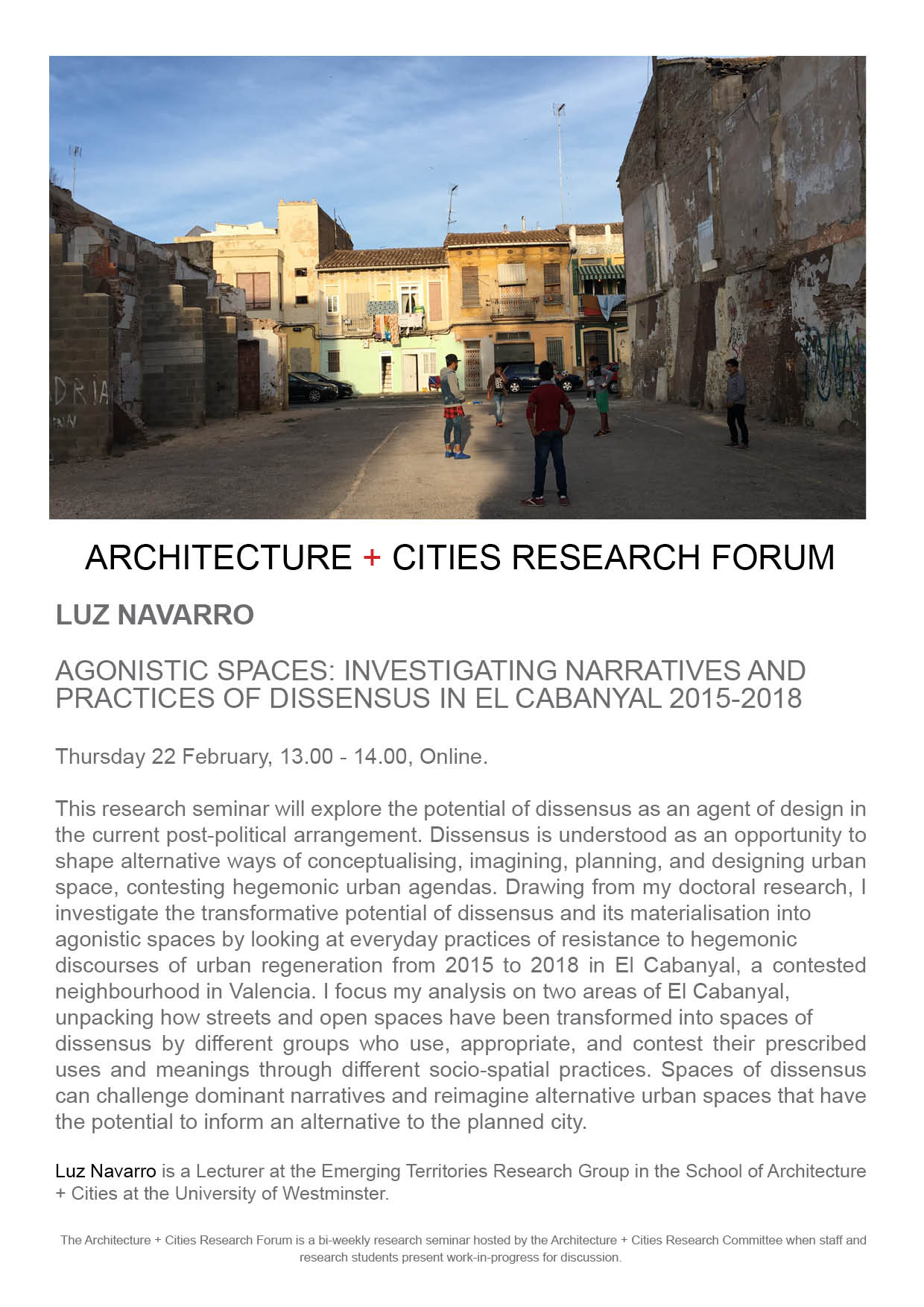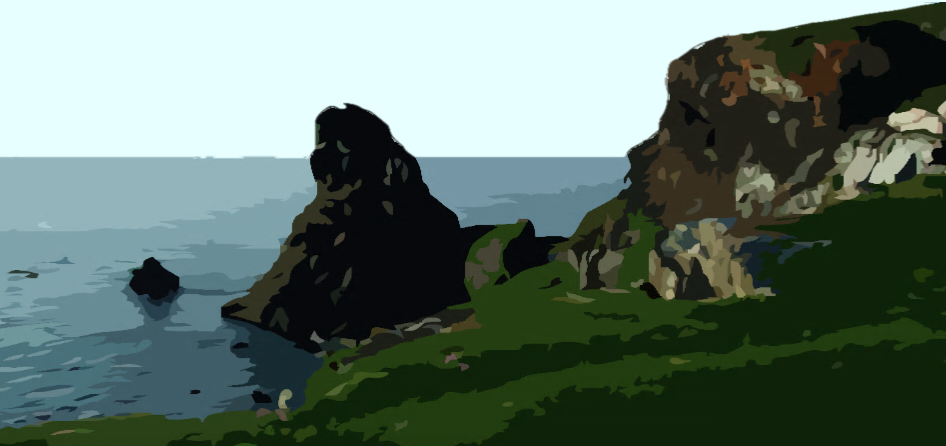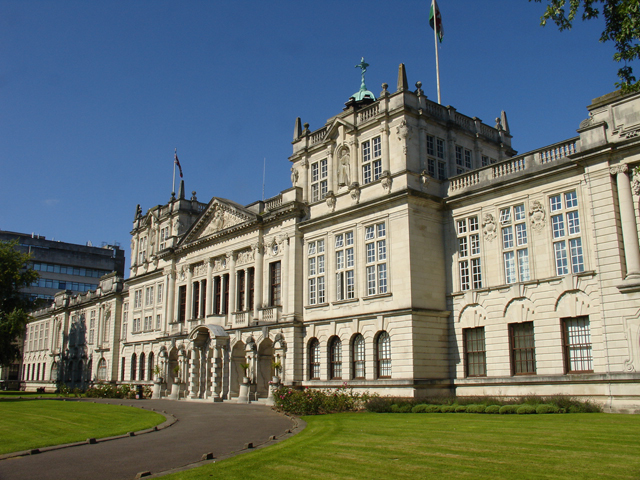Calls for papers for three Island Dynamics conferences taking place in the first half of 2019
- DARKNESS, 13-17 January 2019, Svalbard
- Special Territorial Status and Extraterritoriality, 20-24 January 2019, Svalbard
- Culture in Urban Space: Urban Form, Cultural Landscapes, Life in the City, 8-12 April 2019, Macau, China
1. DARKNESS, 13-17 January 2019, Svalbard
http://www.islanddynamics.org/darknessconference.html
This multidisciplinary conference explores cultural and environmental aspects of darkness. Darkness is a recurring motif: as chaos and void in mythological narratives; as an aesthetic choice or driver of adaptation in architecture and design; as a marker of hidden activity on the dark web; as a source of dread, beauty, or awe in literature and film; as an ambiguously attractive quality in dark tourism; as an ideal threatened by light pollution; as a symbol of otherness in colonial encounters.
Darkness and the impossibility of visual orientation often connote danger, uncertainty, malice, even moral ruin. Indeed, darkness plays so central a role in our understandingof terror that it is deemed worthy of note when a horror film succeeds in terrifying us in the daylight (The Wicker Man (1973), Picnic at Hanging Rock (1975)). Both in the past and today, Western colonialism has addressed its own anxieties by projecting them onto the non-European “dark places of the earth,” as Conrad puts it in Heart of Darkness (1899). Darkness can also be appealing. Tourists are drawn both to the illicit thrill of visiting sites of tragedy and violence and to the humbling majesty of the polar night. In a densely populated world, natural darkness is an increasingly rare experience, leading to the establishment of International Dark Sky Sanctuaries where the stars of the night sky remain visible.
About Longyearbyen, Svalbard: Longyearbyen (population 2200) is the world’s northernmost town, the main settlement in the vast Svalbard archipelago. Although Svalbard is under Norwegian jurisdiction, this arctic outpost is so remote and its environment so harsh that it was first permanently inhabited in the early 20th century. Longyearbyen was founded as a coal mining town and hosts an arctic sciences university centre, yet life here today increasingly revolves around tourism: both during the summer, when the sun never sets, and in winter, when the sun never rises. The polar night lasts from late October until mid-February. Delegates will have the opportunity to experience the northern lights (aurora borealis) and the deep darkness of the arctic wilderness.
About the conference: Delegates will arrive in Longyearbyen on 13 January. On 14 and 17 January, delegates will take excursions out into Svalbard’s spectacular Arctic landscape and industrial heritage: 1) a trip into the polar night by dog sled and 2) a visit to one of Longyearbyen’s old coal mines. (The precise excursions are subject to weather.) Conference presentations by delegates will be held on 15-16 January at Radisson Blu Polar Hotel Spitsbergen. Registration covers five dinners and all conference activities.
How to make a presentation: 15-minute presentations are welcome on any aspects of darkness in culture and the environment. The deadline for abstracts is 30 June 2018. You can submit your abstract here. The deadline for early registration is 31 July, and the final deadline registration 31 October.
If you have any questions, please e-mail convenor Anne Sofia Karhio.
2. Special Territorial Status and Extraterritoriality, 20-24 January 2019, Svalbard
http://www.islanddynamics.org/extraterritoriality2019.html
This conference explores tangible consequences of territories subject to exceptional forms of governance or jurisdiction: enclaves and exclaves, autonomous zones, reservations, reserves, domestic dependent sovereignties, export processing zones, sham federacies, subnational island jurisdictions, overseas territories, military installations, protectorates, realms, free-trade zones, and any other forms of specially designated territory, the status of which creates identifiable outcomes. These outcomes include (but are not limited to) territorially conditioned differentiations in: economic policies and practices; inward or outward migration; culture, language, and traditions; health; Indigenous self-determination; military alliances and installations; scientific and research practices; environmental issues; jurisdictional capacity; and diplomatic or paradiplomatic practices.
About Longyearbyen, Svalbard: Longyearbyen (population 2200) is the world’s northernmost town, the main settlement in the vast Svalbard archipelago. Svalbard is under Norwegian jurisdiction and is administered by a Governor appointed by the Norwegian state. Nevertheless, the terms of the Svalbard Treaty (1920) have placed significant limits on Norway’s ability to control immigration to and economic activity in this distant territory. Longyearbyen is home to residents of over 40 nationalities, Russia runs the mining town of Barentsburg, and the settlement at Ny-Ålesund hosts research stations from more than a dozen countries. The polar night, when the sun never breaches the horizon, lasts from late October until mid-February.
About the conference: Delegates will arrive in Longyearbyen on 20 January. On 21 and 24 January, delegates will take excursions out into Svalbard’s spectacular Arctic landscape and industrial heritage: 1) a trip into the polar night by dog sled and 2) a visit to one of Longyearbyen’s old coal mines. (The precise excursions are subject to weather.) Conference presentations by delegates will be held on 22-23 January at Radisson Blu Polar Hotel Spitsbergen. Registration covers five dinners and all conference activities.
How to make a presentation: This interdisciplinary conference welcomes presentations addressing any region of the world as well as innovative perspectives that highlight the complex intersections of multiple peoples, places, and polities. Presentations last 15 minutes and will be followed by around 5 minutes’ question time. The deadline for abstracts is 30 June 2018. You can submit your abstract here. The deadline for early registration is 31 July, and the final deadline registration 31 October.
If you have any questions, e-mail convenor Zachary Androus.
3. Culture in Urban Space: Urban Form, Cultural Landscapes, Life in the City, 8-12 April 2019, Macau
http://www.islanddynamics.org/cultureurbanspace.html
The city cannot be understood in terms of its buildings, infrastructure, and physical geography alone. Urban materiality is inextricably linked with city life: Urban spaces are influenced by the cultures that inhabit them, and urban form shapes these cultures in turn. This conference brings together researchers, planners, designers, and architects from around the globe to explore the mutual influence of urban culture and urban form.
Impacts of past urban planning reverberate long after original rationales have become obsolete: Fortifications (walls, moats, fortresses), coastlines and land reclamation, transport infrastructure (roads, bridges, city gates), and other elements of the built environment structure future development. Aspects of urban form contribute to dividing the city into neighbourhoods, determining which areas flourish while others decay, encouraging shifts from industrial to tourism to leisure uses. The city’s architectures affect the cultures of the people who use them: Different kinds of housing foster different forms of sociality or isolation, and different networked infrastructures promote different pathways to the internal cohesion and/or citywide integration of urban cultures. Whether urban cultural landscapes evolve gradually over time or result from decisive, top-down planning, they reflect and influence the city’s multitude of identities, industries, cultural politics, ethnic relations, and expressive cultures.
About Macau: In 1557, Portugal established a colony on Macau, then a sparsely populated archipelago in the Pearl River Delta. Macau developed into a major trading centre and regional leader in the gambling industry. Macau became a self-governing Special Administrative Region of China in 1999. Macau’s islands were expanded through land reclamation over time. The spatial limitations arising from the territory’s enclave geography led to extreme yet phased urban densification. Macau is today the most densely populated territory in the world, with 650,000 residents concentrated in just 30.5 km², primarily on the 8.5 km² Macau Peninsula. Yet despite its small size, Macau Peninsula is a place of strong neighbourhood and functional distinction, encompassing heritage tourism zones; Buddhist, Taoist, and Christian religious sites; residential districts at all income levels; casino zones; green parks; and retail districts.
Although Macau is best known for its gambling tourism and UNESCO World Heritage status (both of which are characterised by strict regulatory regimes), Macau Peninsula in particular is rich in vernacular urban and architectural practices that flourish alongside, above, and sometimes beneath the city’s internationally oriented facade. The simultaneous preservation of colonial heritage and construction of monumental casino tourism infrastructure means that, despite the withdrawal of Portuguese colonial rule, the culture, traditions, and lifestyles of the Chinese people of Macau continue to be pushed to the margins of this hyper-dense city, necessitating creative spatial practices and clear differentiations between spaces for tourists and residents. At the same time, in an atmosphere of Western suspicion toward China, Macau’s decolonisation and re-Sinification is often framed in terms of culture loss, a framing that paradoxically echoes discourses surrounding Indigenous activism. Macau’s urban space thus contains and conditions complex negotiations regarding cultural authenticity, visibility, and practice.
About the conference: ‘Culture in Urban Space’ allows delegates to contextualise knowledge and engage with the local community. On 8-10 April, delegates will explore the morphological and cultural distinctions of Macau Peninsula, visiting diverse neighbourhoods across the city, with an emphasis on the ways in which the urban environment has transformed over the centuries. Delegates will experience Macau’s urban environment through three days of walking-based field trips, including visits to tourist gateways, religious sites, heritage tourism zones, and residential neighbourhoods, and casino zones, and commercial areas. Conference presentations will take place on 11-12 April. Special emphasis will be placed on negotiations of meaning within the urban environment, particularly in the aftermath of colonialism and other forms of cultural encounter.
How to make a presentation: This interdisciplinary conference welcomes presentations addressing any region of the world as well as innovative perspectives that highlight the complex intersections of multiple peoples, places, and polities. Presentations last 15 minutes and will be followed by around 5 minutes’ question time. The deadline for abstracts is 31 August 2018. You can submit your abstract here. The deadline for early registration is 31 October, and the final deadline registration 30 December.
If you have any questions, e-mail convenor Adam Grydehøj.












